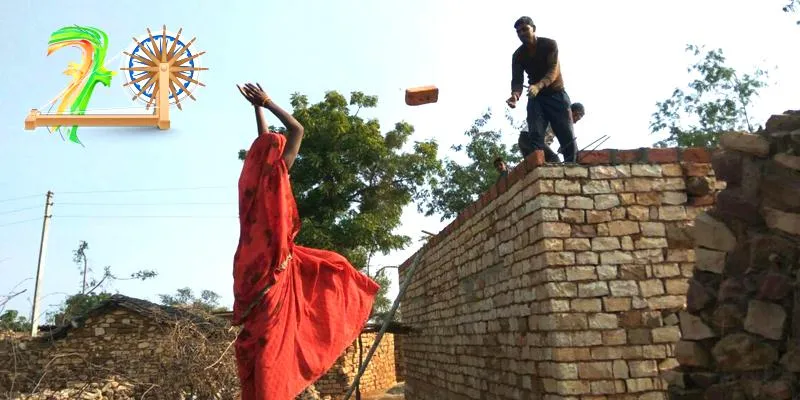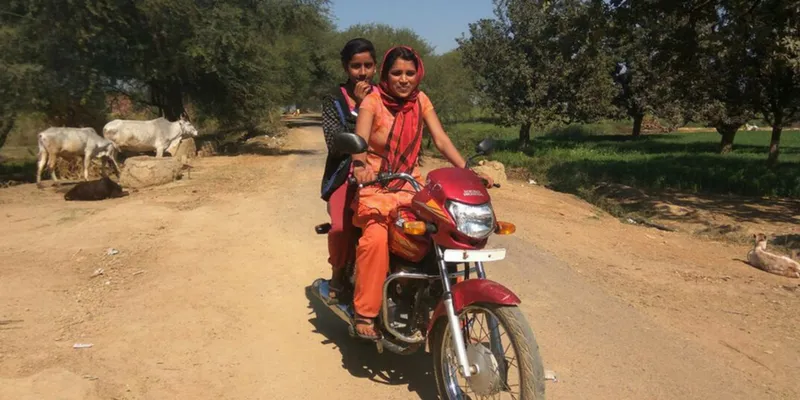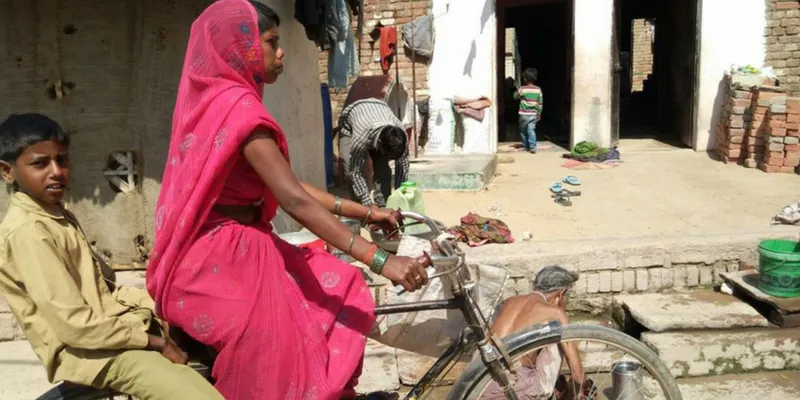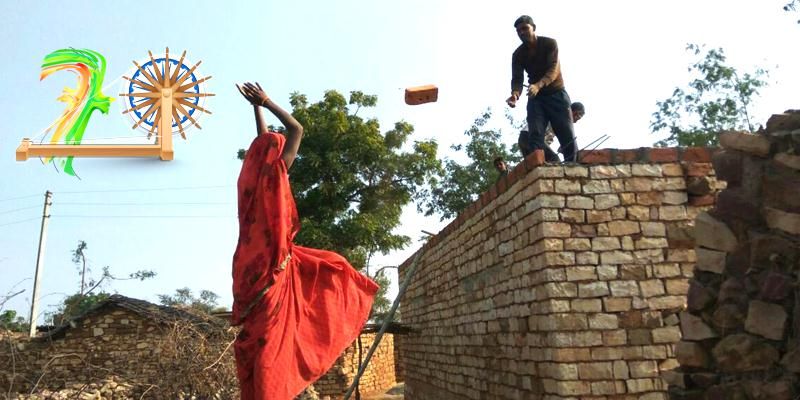How NREGA is helping reduce caste conflicts in India
Mahatma Gandhi National Rural Employment Guarantee Act (NREGA) has managed to not only provide employment and reach the poorest of the poor, but has also reduced caste conflicts in India.

Eleven years since its inception, India’s National Rural Employment Act (NREGA) has managed to garner a host of opinions, primarily focussing on the politics of the programme. Prime Minister Narendra Modi, in his maiden Budget speech in 2015, said, "My political understanding says never end MNREGA. I can't make this mistake because MNREGA is an epitome of your (Congress) failure. After so many years of being in power, all you were able to deliver is for a poor man to dig ditches a few days a month.”
However Prof James Manor, Emeritus Professor of Commonwealth Studies, believes otherwise. Based on his extensive quantitative field research over 12 regions across India, he says that this welfare scheme is,
The biggest poverty programme in the world, even bigger than the programmes in Brazil, China and South Africa. This NREGA is something special; we understand that and protect it.
The opponents of NREGA have criticised the scheme for its overarching expenditure, with a few economists stating that a mere 12 paise out of every rupee spent reaches the right beneficiary. However, one cannot deny that this programme is the biggest scheme since Independence that has aimed to cater to the poorest of the poor in the country.
NREGA addressed poverty and empowerment politics
By providing 100 days of guaranteed employment to the poorest of the poor in rural India, NREGA reduced poverty by at least 25 percent since 2004-05, according to the National Council of Applied Economic Research. This Act successfully covered the entire country by 2008. A 10 year report on 'MGNREGA- The journey of a decade' by the Agriculture Ministry, stated that the scheme witnessed an expenditure of Rs 313,844.55 crore till 2016 and close to 71 percent of this amount has been spent on wage allocations.

Prof Manor says, "It was not wasted money; it enabled very poor people to improve their nutrition substantially, which means that they became more capable of making a better living, with improved education and health opportunities. NREGA encouraged demands for rights by the poorest people, and that is quite important."
Through 19.8 billion person days, NREGA not only enabled poor people to get more money through wages from hard work but it also strengthened them politically and reduced poverty. By injecting money into panchayats and mandating set amount to be allocated in state budget, everybody in the village, including the disadvantaged, adivasis and the Dalits became active in village politics. The disadvantaged groups noticed that “serious money” was available and “serious decisions” were being made in the panchayats.
Because poor people became more active politically, at panchayat and local politics level, NREGA increased their political capacity. This means four different things—their political awareness, their political skills in operating in local politics, their confidence as political actors and their political connections to other poor people or to allies who were not poor—add up to their political capacity.
The transparency mechanism envisioned by the Act revealed attempts of the local powerful people to steal local money. This, in turn, pushed poor people to become more active. “If you strengthen their political capacity you reduce one important part of their poverty,” Prof Manor adds.
Related More:
Parliament adjourns sans debate, govt announces new measures
‘Chalo’ is no longer a casual word; here’s why
Women empowered
Women dominate the NREGA work in rural India, with a staggering 40 percent plus workforce as of 2015, and the number is increasing each year. Irrespective of their caste, creed or the gendered roles imposed on them, this Act treated all workers as equals. Further, the money earned through this project was directly transferred to their bank accounts, providing perhaps, the first opportunity for women to earn independently.
The bank accounts were in the name of the women folk and not of their husbands or fathers, thereby strengthening women and providing them a space to come out in the public arena.
NREGA work was considered to be a highly respected work. It was, after all, government work. It was much more respectable than working for landlords who might abuse women because of their lower caste status, Prof Manor says.
Caste conflicts are declining

The caste hierarchy in villages is largely rejected since 1994 and the disadvantaged groups such as Dalits, Schedules Castes and Tribes are challenging and breaking down the old social order. While there are variations from region to region, Prof Manor says that the trend is strong and fairly consistent.
As a result social tensions arise because disadvantaged groups are not accepting hierarchy. And although you get more violence, you also get more accommodation and agreement between caste groups when things get tensed. And accommodation prevents violence; agreements between caste to avoid violence certainly outnumber serious violence in a big way.
However, this acceptance is not a result of sympathy. Rather, it is because of the higher caste or the land-owning caste groups have had a change of mind. They calculate and reason that the cost of violent action against the disadvantaged groups is too great. “They will get into all kinds of problems with the civil society organisations, the media, the police and the courts if they become violent,” he adds.
Inclusive social welfare schemes, like NREGA, have been successful in incorporating the interests of even the most disadvantaged castes groups, as a result of which caste violence is slowed down. And given the recent tough times that spelled droughts and crop failure in India, this scheme is the difference between survival and non-survival for the rural farming and cultivators section.
Enter the SocialStory Photography contest and show us how people are changing the world! Win prize money worth Rs 1 lakh and more. Click here for details!






